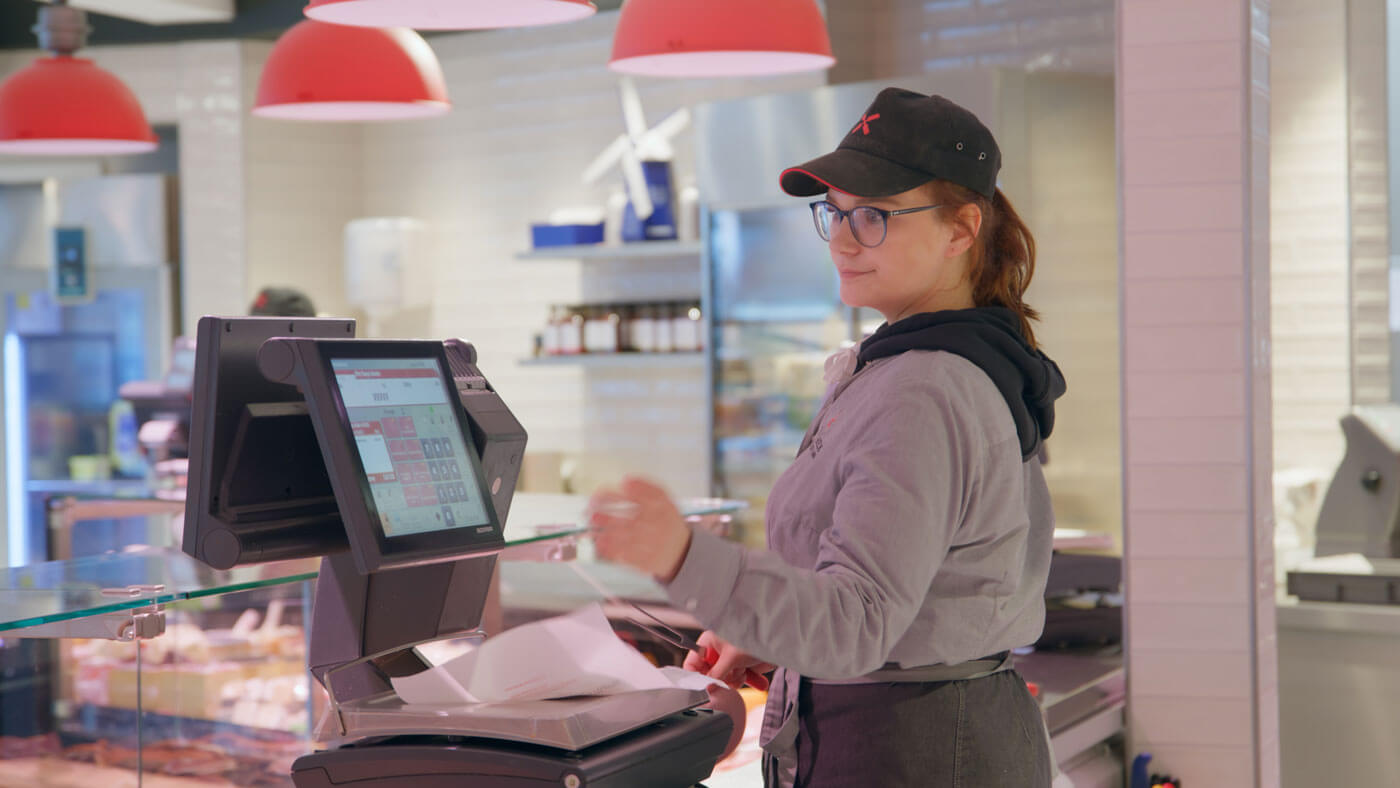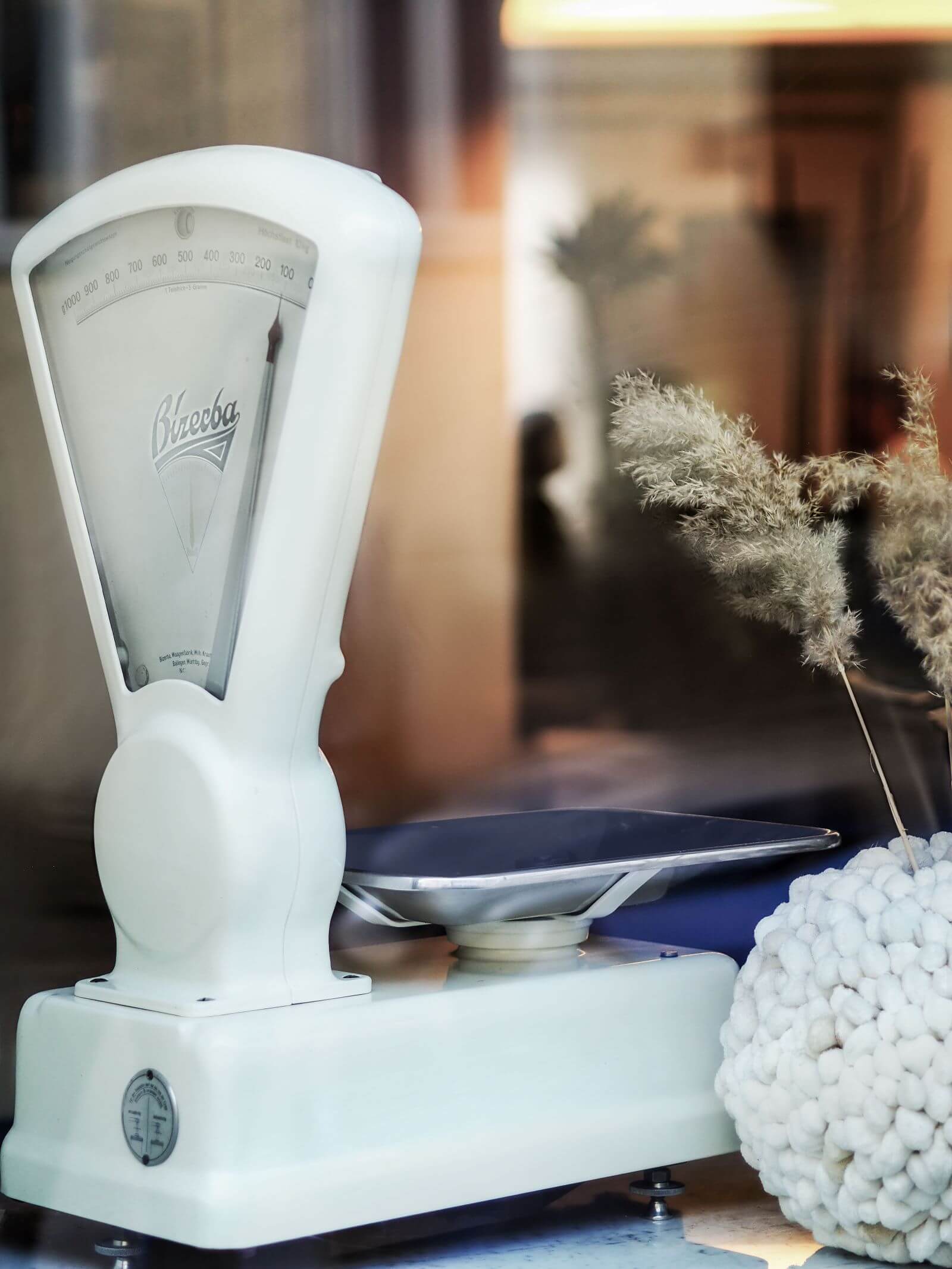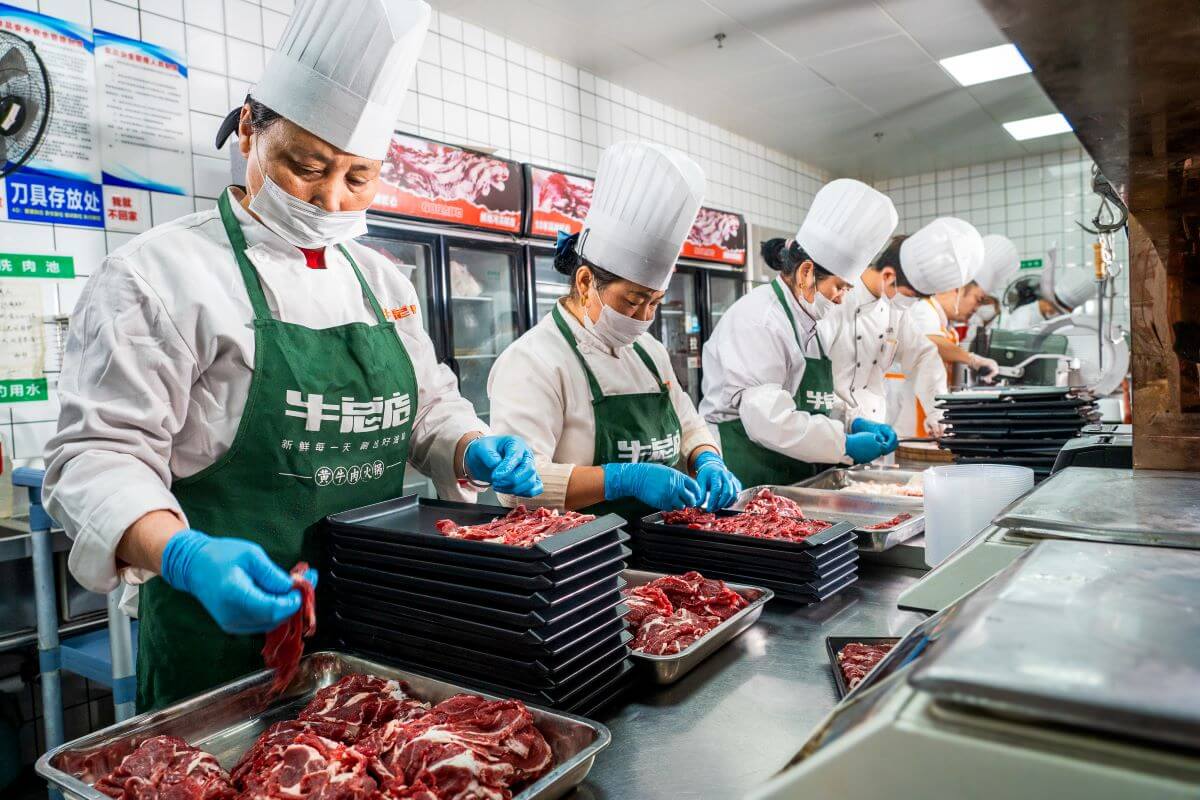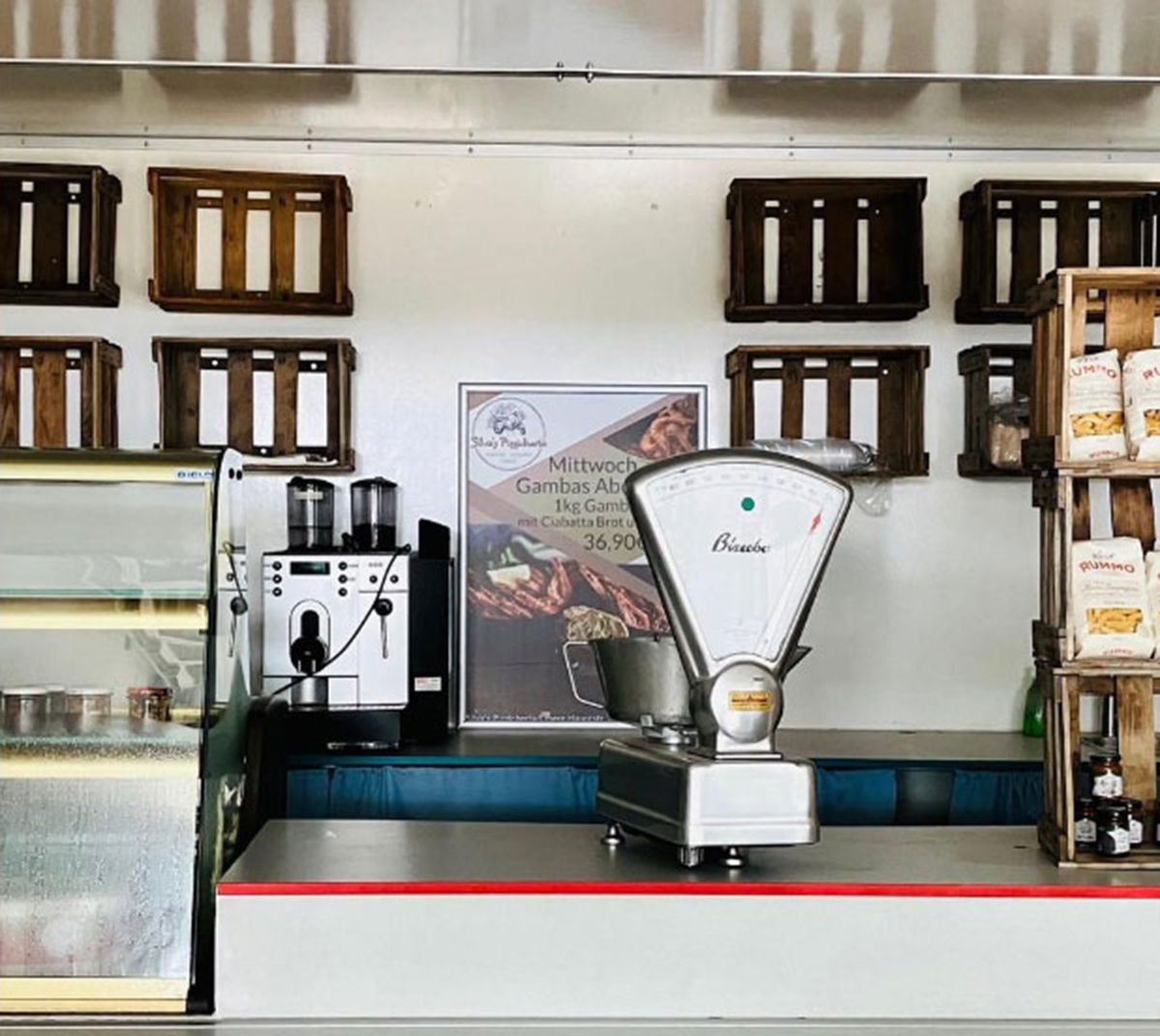Tradition meets technology
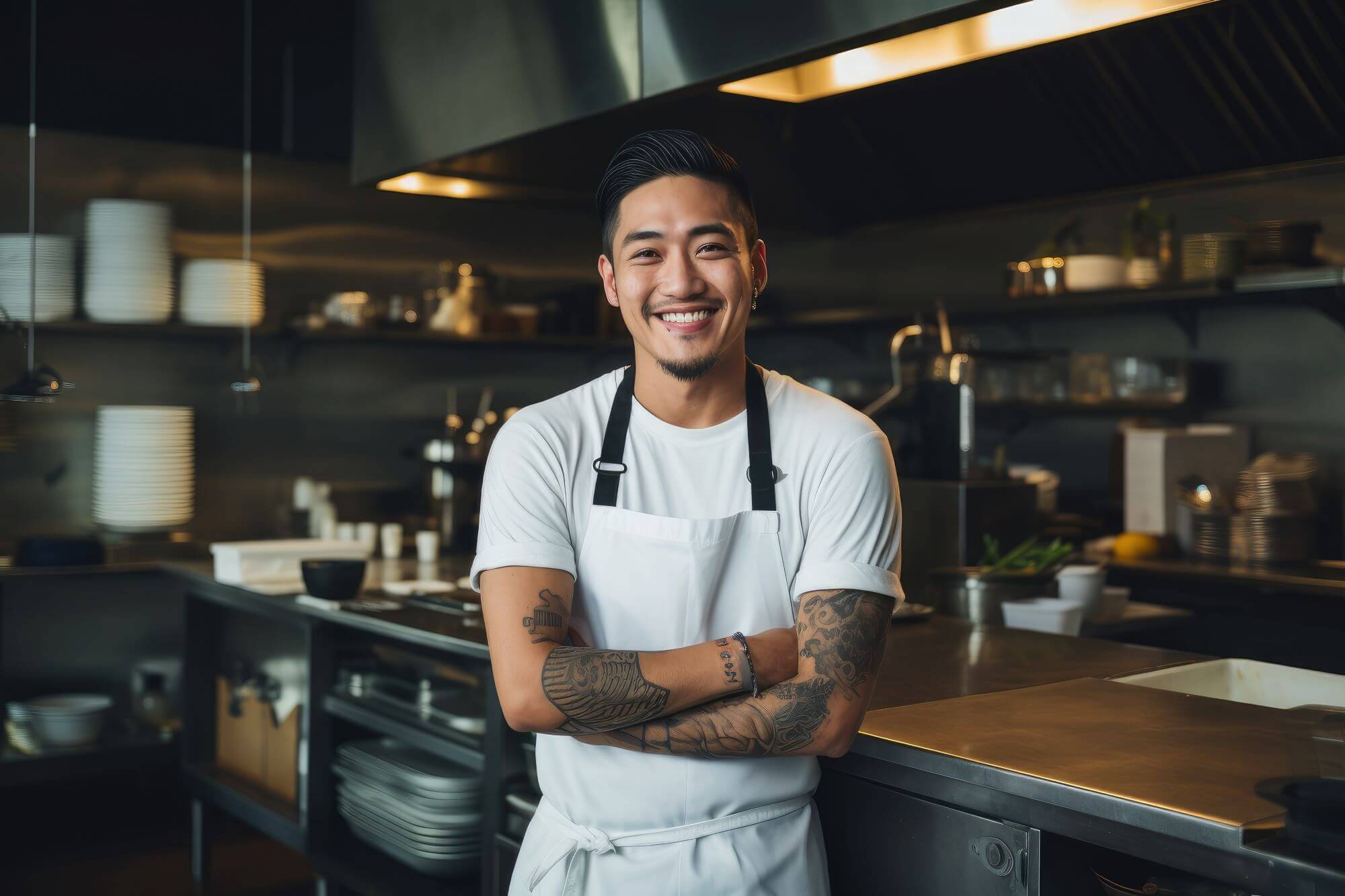
Good afternoon, ladies and gentlemen.
A warm welcome!
Master Li | That's an interesting question. Knives have been a key tool in the kitchen for thousands of years. The ability to cut precisely and skillfully with a knife requires not only skill and experience, but also a deep understanding of the material you are working with. It is an art form that has been refined over generations. Slicing machines may be superior in terms of efficiency and speed, but they cannot replace the personal touch and craftsmanship that a master puts into every cut. Every cut with a knife is unique and bears the signature of the master.
But see, when it comes to slicing Chaoshan hotpot meat, the beef normally is sliced from different cuts of the cattle. While some cuts such as the brisket fat are extremely difficult and challenging to be sliced manually. Then the slicing machine can do better, faster and safer.
Chef Moreau | I agree with Mr. Li on many points, especially regarding the importance of tradition and craftsmanship. But we also have to recognize the realities of a professional kitchen, where time pressure and consistency are key factors. Slicers allow us to achieve consistent cuts in the shortest possible time, which can be invaluable in a busy restaurant business. Not only do they reduce preparation time, but they also ensure that every dish we serve is of the same high quality. In a world where diners expect the utmost perfection, slicers are a tool that helps us meet that standard.
Chef Moreau | Without a doubt. A sharp, well-guided knife can achieve a cleaner and more precise cut for certain types of meat, especially when it comes to fine textures or special slicing techniques. But for large quantities or very even cuts, such as those required when preparing sushi or carpaccio, a machine is second to none. Technology has advanced considerably in recent years and modern slicers can deliver cuts of impressive precision.
Master Li | I respect the technological advances and the benefits they offer. However, I believe that quality is more than just the cleanliness of the cut. It's also about the feel of the meat that a good chef or butcher has - the way the knife glides through the meat, the texture it leaves behind and the connection you make with the food in the process. This sensory experience, the intuition and the immediate feedback you get from slicing with a knife cannot be replaced by a machine.
Master Li | Traditions evolve, but they don't just disappear. There will always be chefs and butchers who value, preserve and pass on the art of knife slicing. I don't see modern technology as a threat, but as a complement. It offers us new opportunities, but it is up to us to decide how and when we use them.
Chef Moreau | I completely agree with Mr. Li. Technology will continue to change and improve the kitchen, but there will always be a place for the craftsmanship and personal touch that only a human can provide. It's about using the best of both worlds and harmonizing them to create exceptional culinary experiences.
Master Li | This is a very important point. Although I am an advocate of traditional methods, I have to acknowledge that slicers can help reduce food waste. Due to their precision, they can help to ensure that less meat is wasted in the slicing process. This is not only economically beneficial, but also important for the environment.
Chef Moreau | Exactly, sustainability is a key issue in my kitchen. Slicing machines allow us to make the best use of every part of the meat and minimize waste. This is particularly relevant when we are talking about high-quality products where every cut counts. By reducing waste, we help to conserve resources and respect the animal that provides us with the meat.
Master Li & Chef Moreau | It is a pleasure for us to shed light on this aspect too. Sustainability is a responsibility that we all share.

